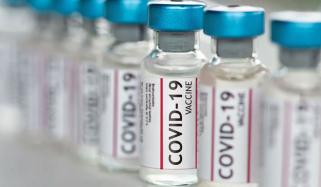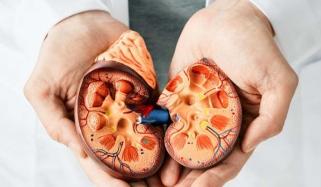
Researchers have uncovered a groundbreaking discovery that could revolutionize the early detection of high-grade ovarian cancer (HGOC).
Published in the journal Cell Reports Medicine, this finding holds promise for potentially saving lives through timely diagnosis.
HGOC is the fifth-leading cause of cancer-related deaths in women.
The vast majority of cases are diagnosed at advanced stages, posing significant treatment challenges.
However, early detection can significantly improve outcomes.
Conventional biomarker tests have struggled to identify microscopic, metastatic early lesions that often form in the fallopian tubes.
But with the identification of this novel immune-based biomarker, there's hope for a paradigm shift in detection methods.
Dr. Li, a core faculty member at the Center for Computational and Genomic Medicine, emphasised the life-saving potential of early ovarian cancer detection.
He expressed optimism that their findings could spearhead the development of an immune-based biomarker, not only for ovarian cancer but also for advancing pediatric cancer research.
The study, conducted by researchers from CHOP and UT Southwestern Medical Center, involved the analysis of T-cell receptors (TCRs) in nearly 500 blood samples from pre-diagnostic patients with ovarian cancer and healthy controls.
TCRs are proteins found on immune cells called T cells, which recognize and bind to foreign substances.
Their analysis revealed that in the early stages of HGOC, a healthier immune system triggers a significantly stronger response, leading to the production of a measurable biomarker.
By tracking this response two to four years before conventional diagnosis, researchers believe early treatment interventions can be initiated.















